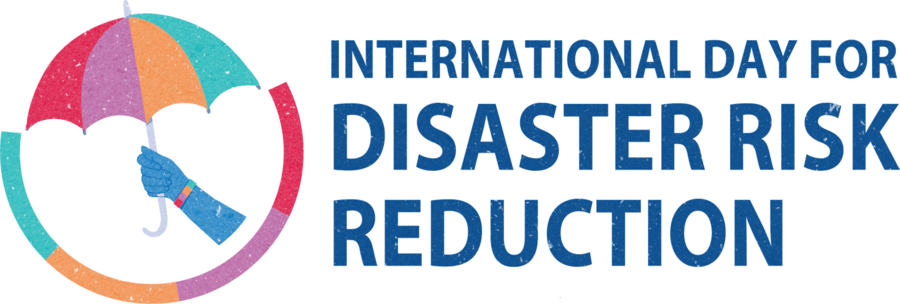Event report: Wetland solutions to protect against droughts and floods
The interactive webinar, wetland solutions to protect against droughts and floods, took place on 12 October 2023 on the occasion of the International Day for Disaster Risk Reduction.
The report of the event focuses on the pressing need to upscale wetland solutions for disaster risk reduction. The session featured prominent speakers who offered valuable insights into the potential of wetlands as nature-based solutions (NbS). Key conclusions drawn from the presentations stress the necessity for enhanced collaboration across sectors and levels of governance. Decision-makers are urged to foster partnerships between international organisations, national and regional governmental agencies, local authorities, civil society organisations (CSO) and research institutes, laying the groundwork for integrated DRR plans and projects that address the multifaceted challenges of floods and droughts, while reducing inequalities.
Financing is identified as a significant barrier to the widespread adoption of wetland-based DRR initiatives. It is imperative that appropriate financing instruments are developed to support these efforts. However, the most crucial takeaway from the event revolves around the human element. The realisation of the socio-economic and ecological functions of wetlands in mitigating short- and long-term hazards within local communities can serve as a driving force for collective action. Fostering social awareness and inclusive engagement is essential for the successful scaling of wetland solutions, ensuring that people at risk and vulnerable groups have equitable access to resources.
Key recommendations for decision-makers
Promote cross-sector collaboration: Decision-makers should facilitate and promote collaboration among international organisations, national and regional governmental agencies, local authorities, CSO and research institutes. This collaborative approach can lead to the development of integrated plans, programmes and projects that address multiple and complex disaster risks and reduce
inequality.
Increase investment in eco-DRR: Resources and funding should be allocated to support ecosystem-based disaster risk reduction (eco-DRR) initiatives and projects, following successful models like Canada’s Natural Infrastructure Fund. Increased investment in wetland restoration is essential to enhance socioeconomic and environmental resilience.
Mainstream wetland solutions: Priority should be given to fund projects such as SpongeScapes and SpongeBoost, which explore and quantify eco-DRR innovation while focusing on regional, national and European-level deployment. Recognise that understanding how wetland solutions can contribute to disaster risk reduction (DRR) is essential for well-informed decision making.
Enhance nature-based climate adaptation ambitions: Prioritise nature-based climate adaptation efforts by setting higher goals and mobilising increased resources for wetland restoration and ecosystem protection. Emphasise the vital role of wetlands in building resilience against climate change-induced challenges.
Upscale wetland restoration: Develop and implement comprehensive funding mechanisms to restore wetlands, drawing from diverse funding sources, including public and private sectors. Enforce climate resilient legislation and non-legislative action to protect water sources and ensure the scalability of wetland restoration initiatives to boost water resilience.
Integrate wetlands into DRR plans: Decision-makers should ensure that NbS are well integrated into DRR plans. Recognising the complementary nature of NbS with traditional grey infrastructure, this integration maximises the reduction of exposure to disaster risks and enhances water resilience.
Promote whole-of-society approach in governance: Decision-makers should adopt a whole-of-society approach that reduces inequality and employs mosaic thinking. This strategy builds a network of solutions to enhance overall resilience to climate change and disaster risk. Decision-makers should also emphasise inclusivity, particularly in addressing the needs of people at risk and vulnerable groups.
Establish International Wetland Partnership Initiatives: Decision-makers should consider launching international initiatives that focus on sharing wetland expertise and best practices with third countries. These initiatives could involve partnerships between European organisations, public authorities and local stakeholders in third countries. These partnerships would aim to transfer knowledge and relevant resources to support third countries in implementing similar wetland-based solutions for DRR.
In the recording below, you can see our online session and hear from the brilliant speakers that took part in the discussion about wetlands and their capacity to mitigate the physical impacts of disasters.
For the full event report see Wetland solutions to protect against droughts and floods.
Disclaimer: Wetlands International Europe is funded by the European Union. Views and opinions expressed are however those of the author(s) only and do not necessarily reflect those of the European Union or CINEA. Neither the European Union nor CINEA can be held responsible for them.
